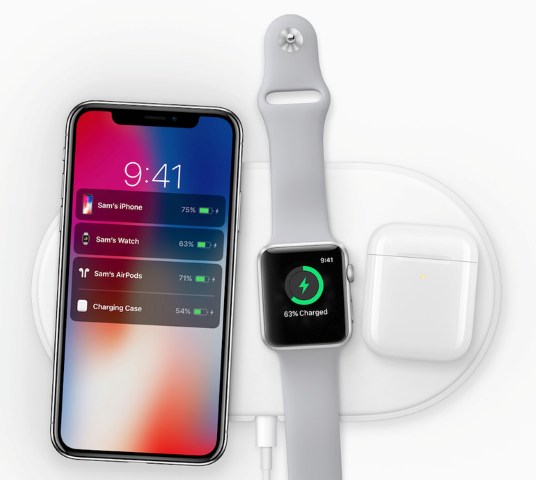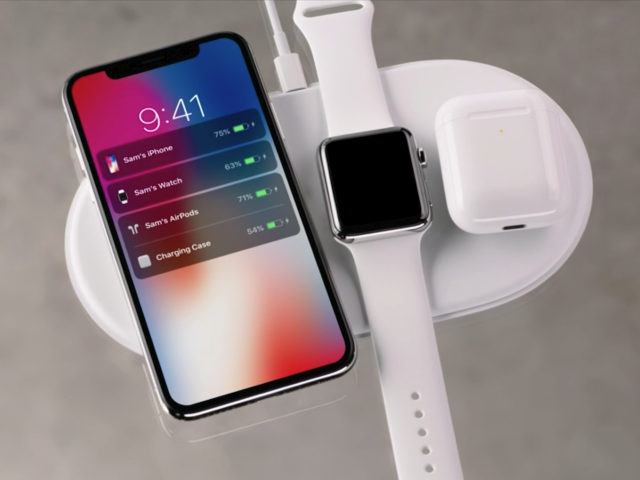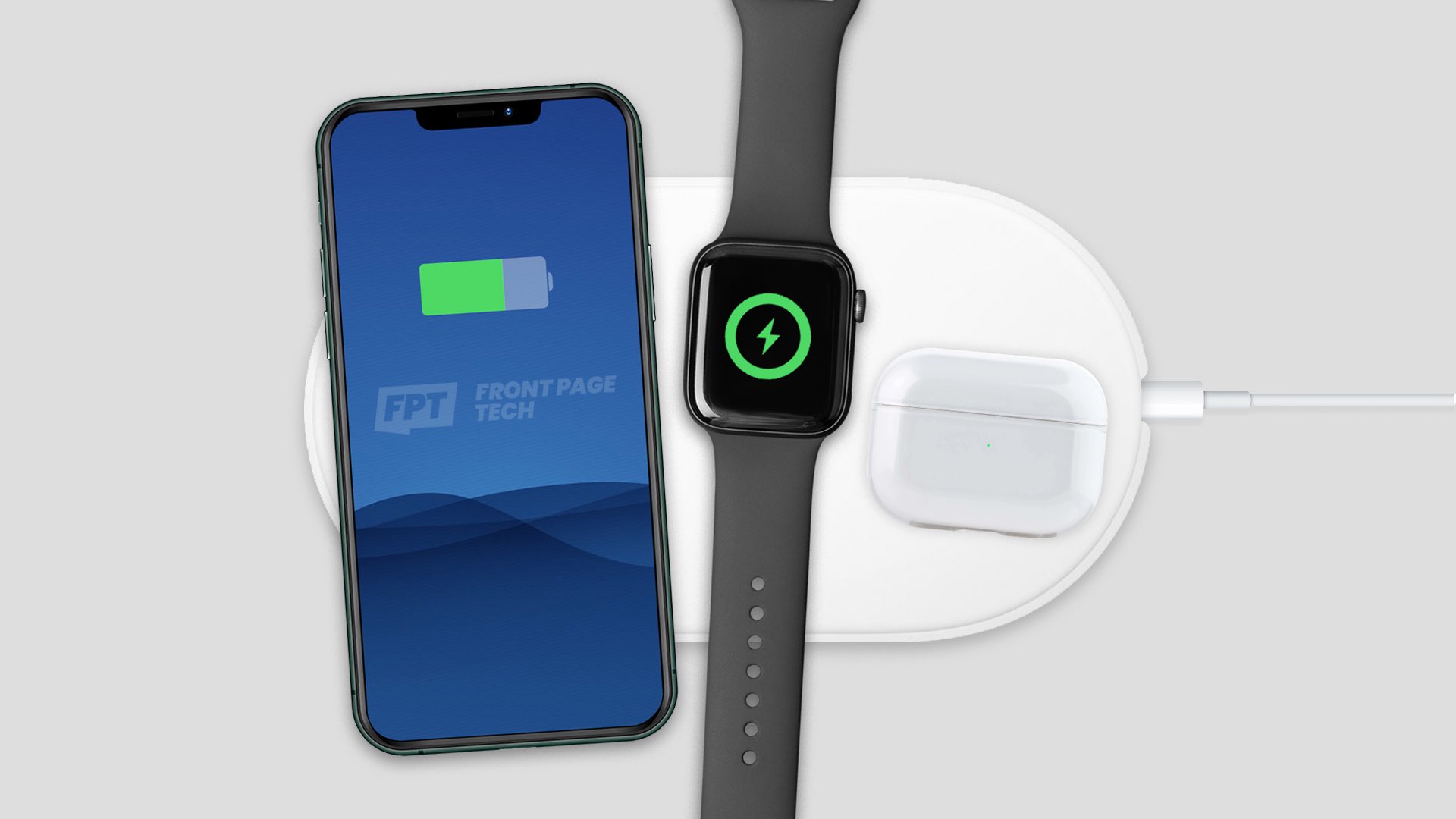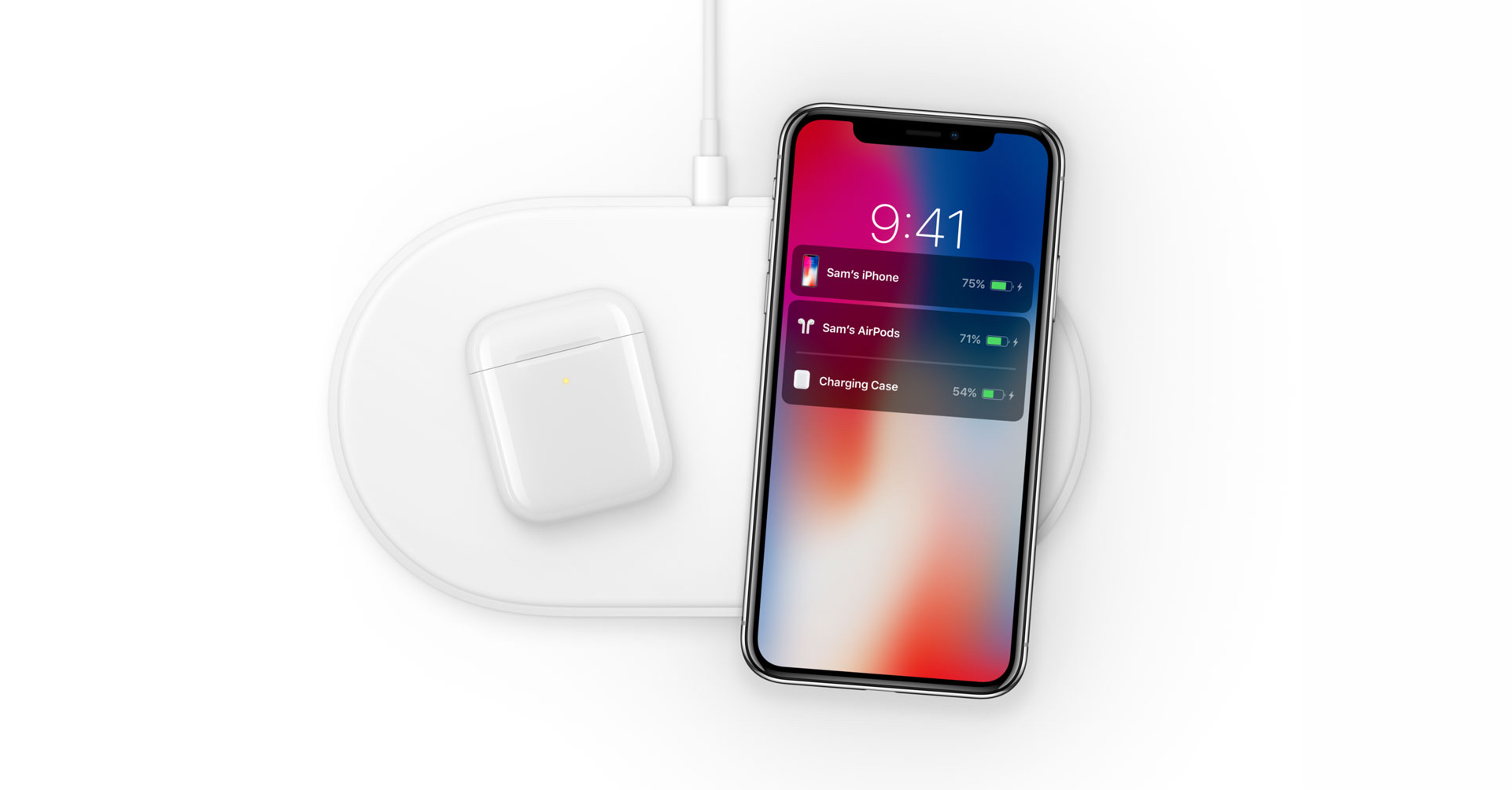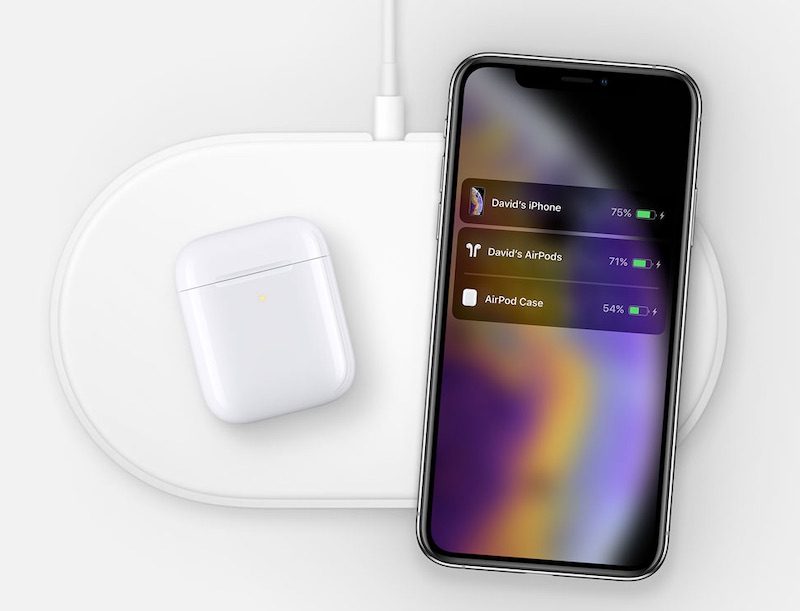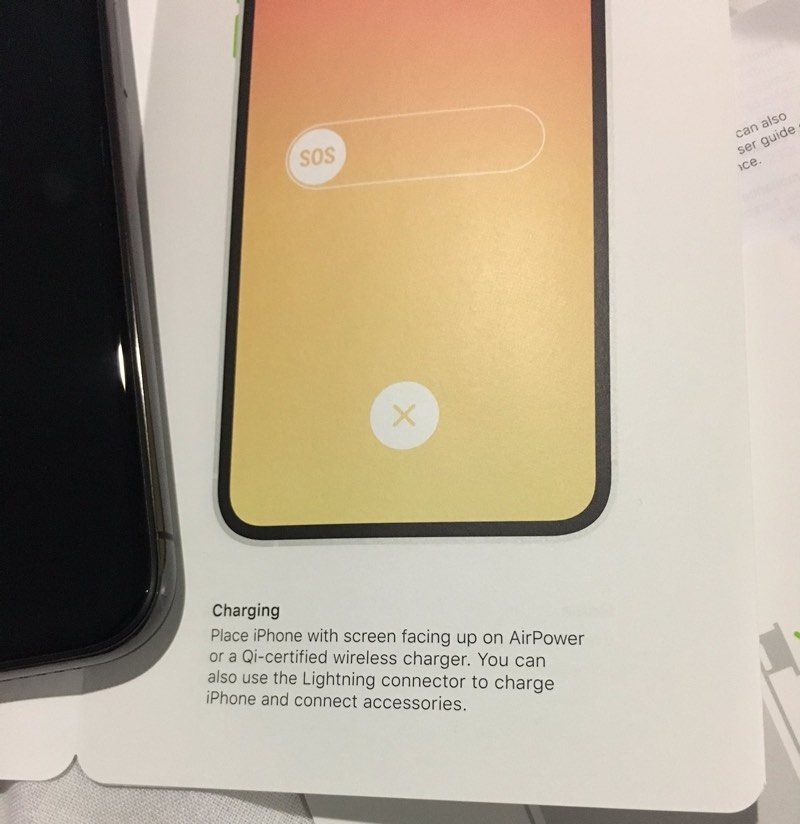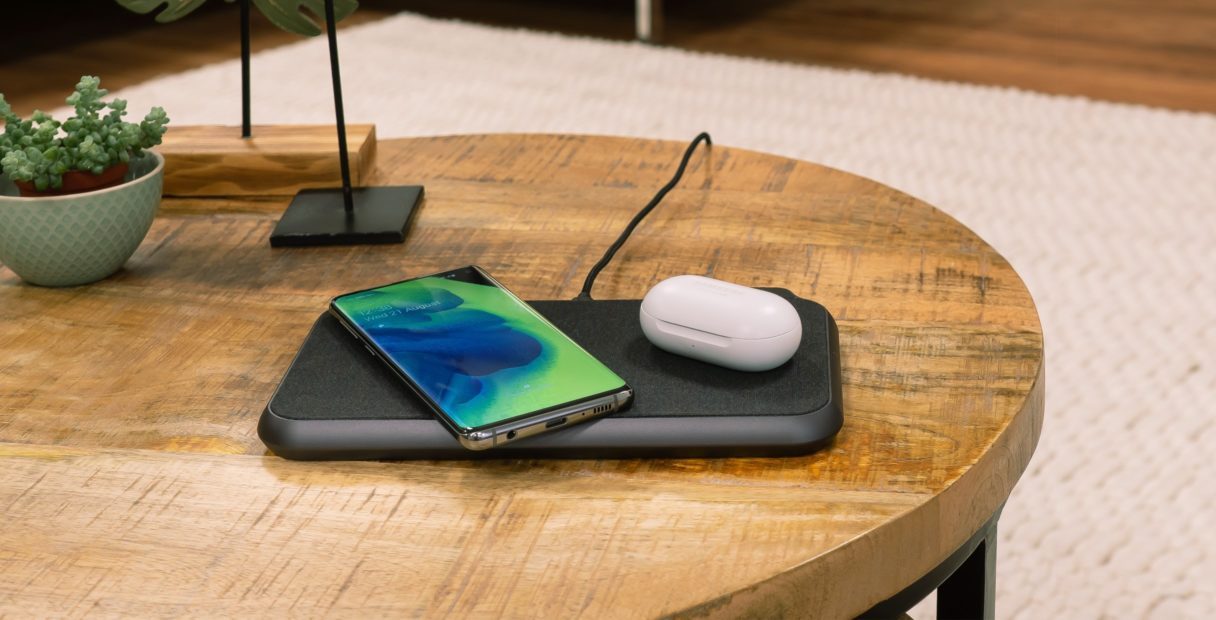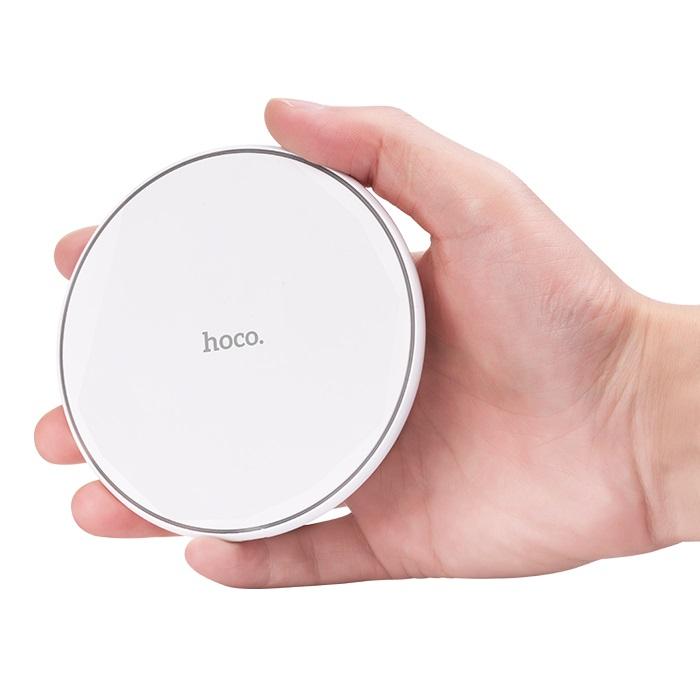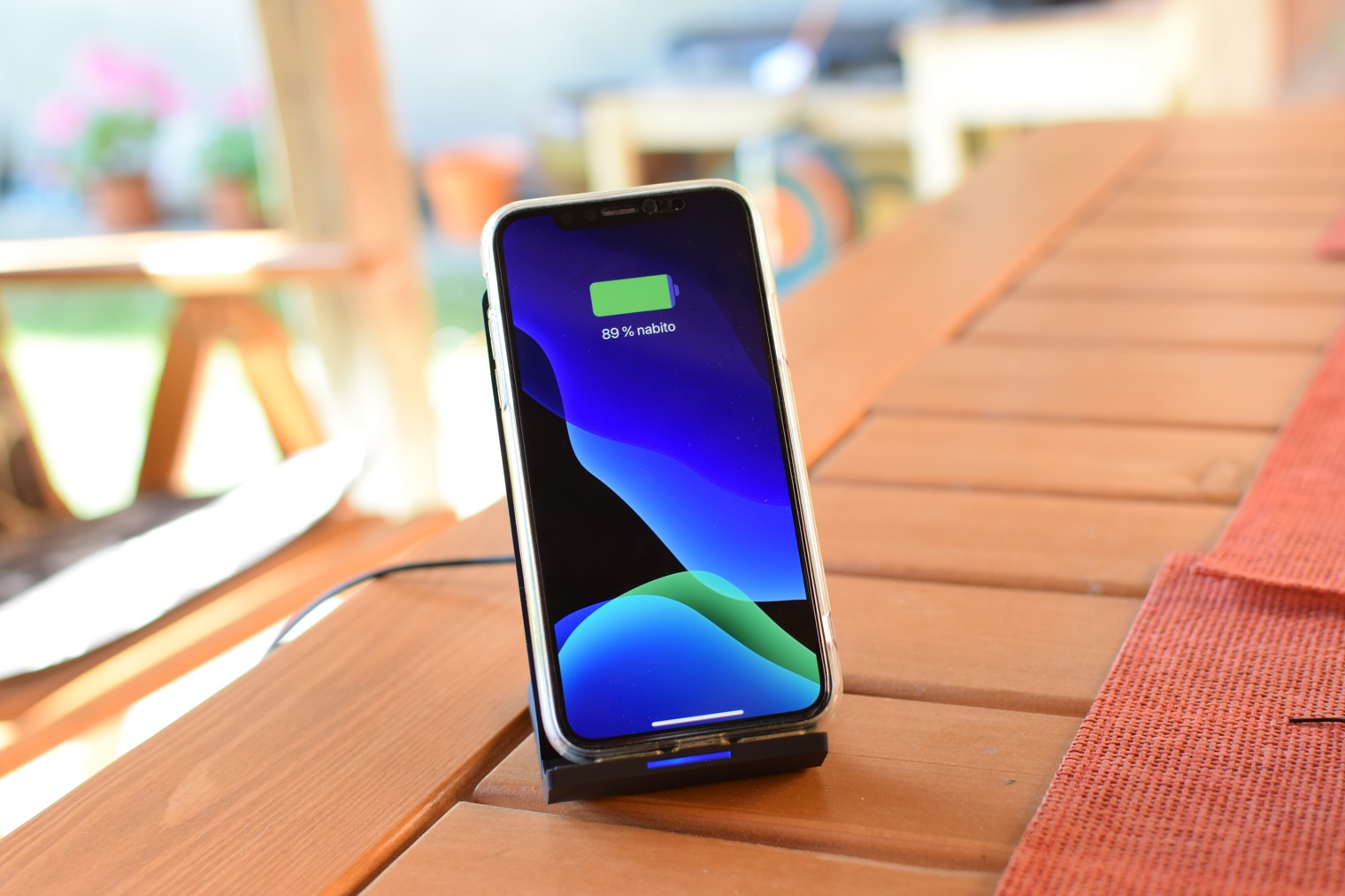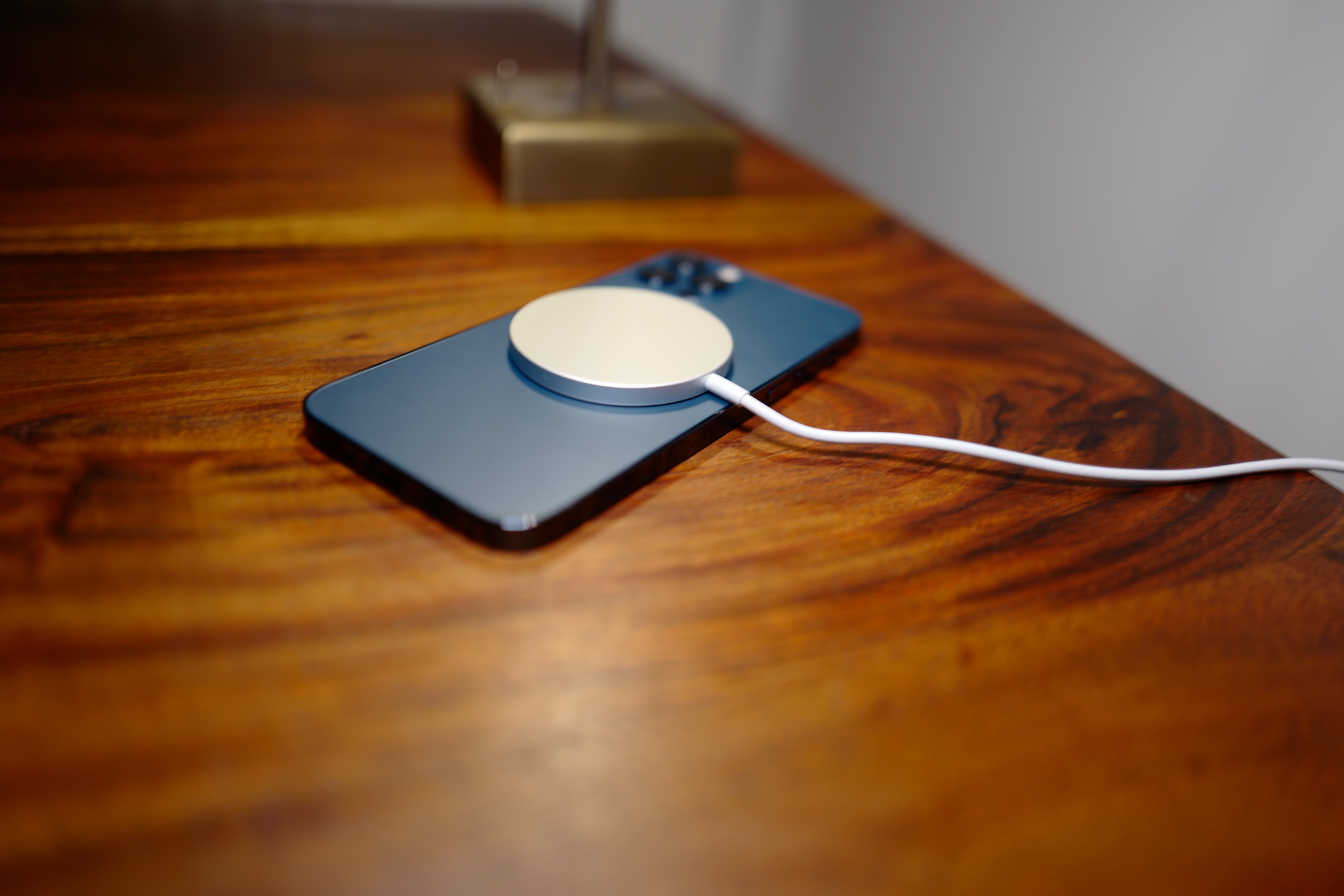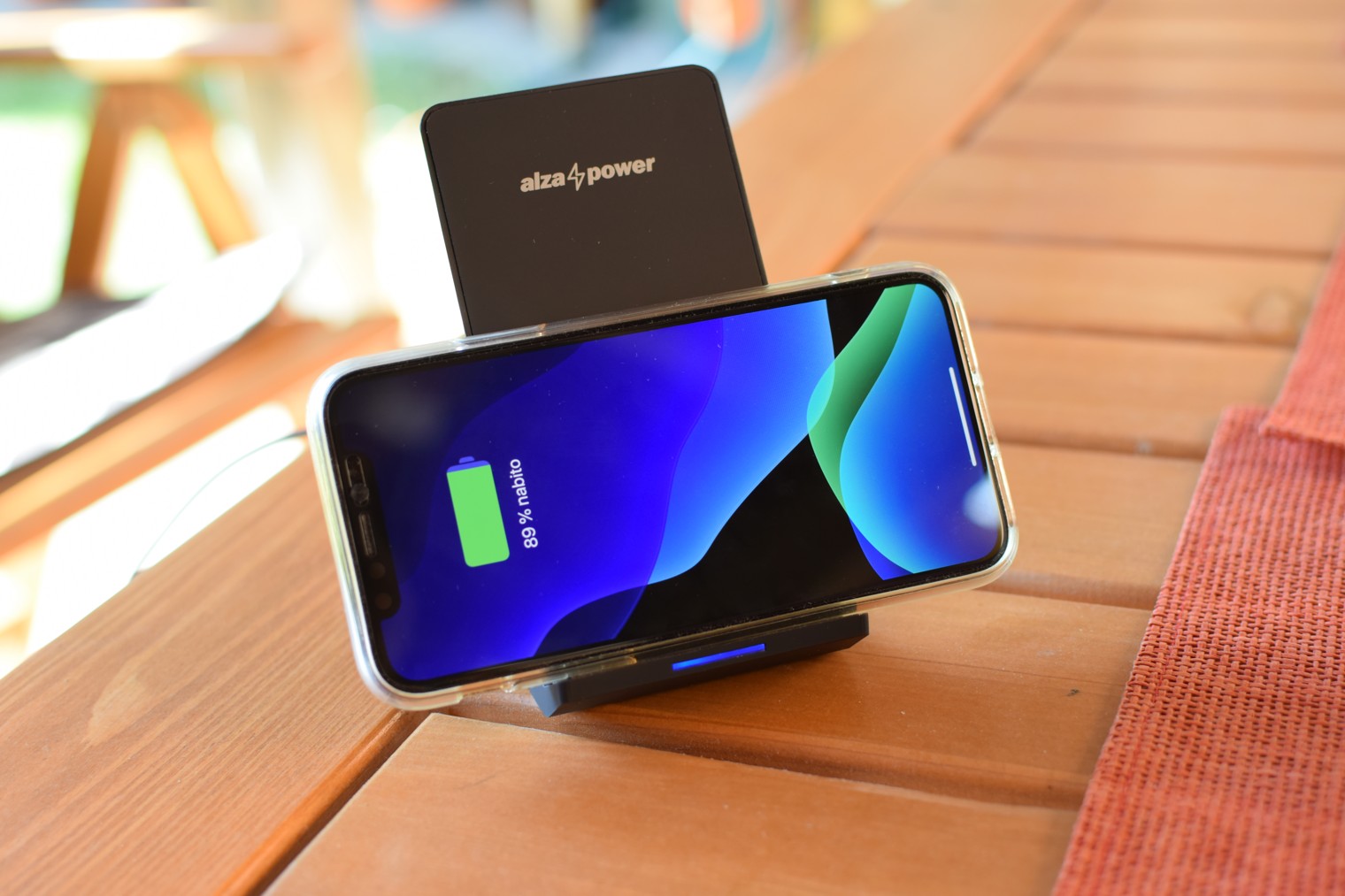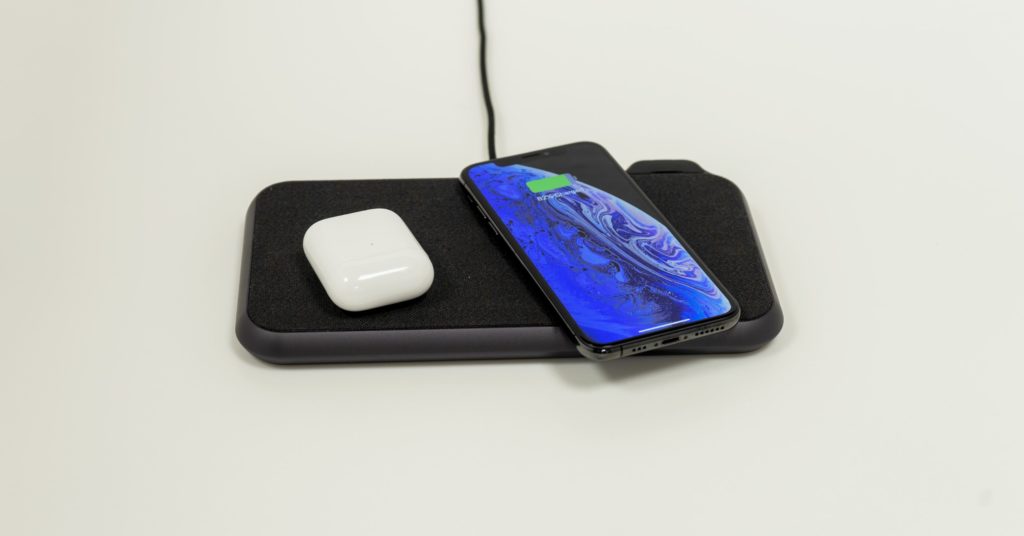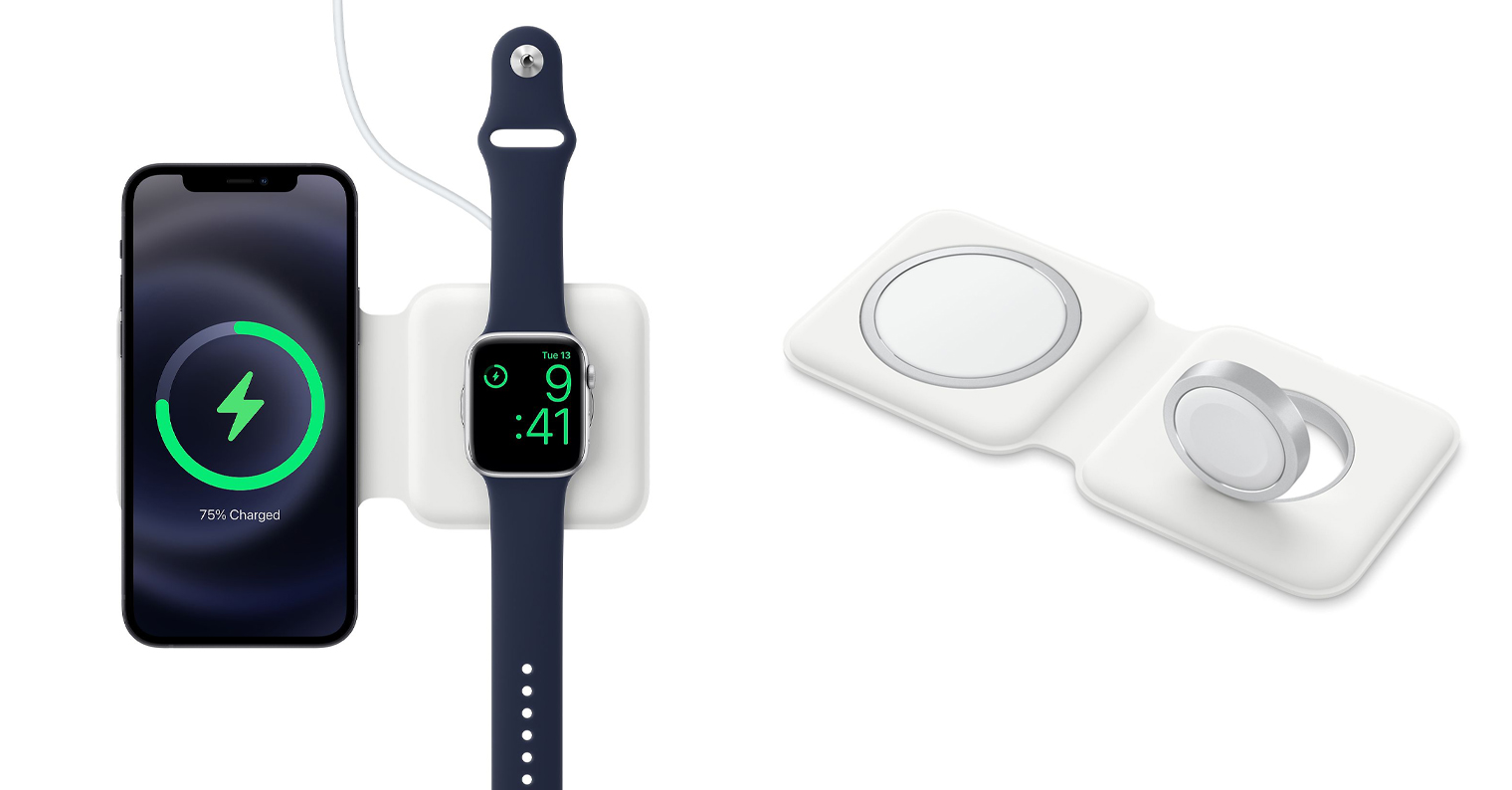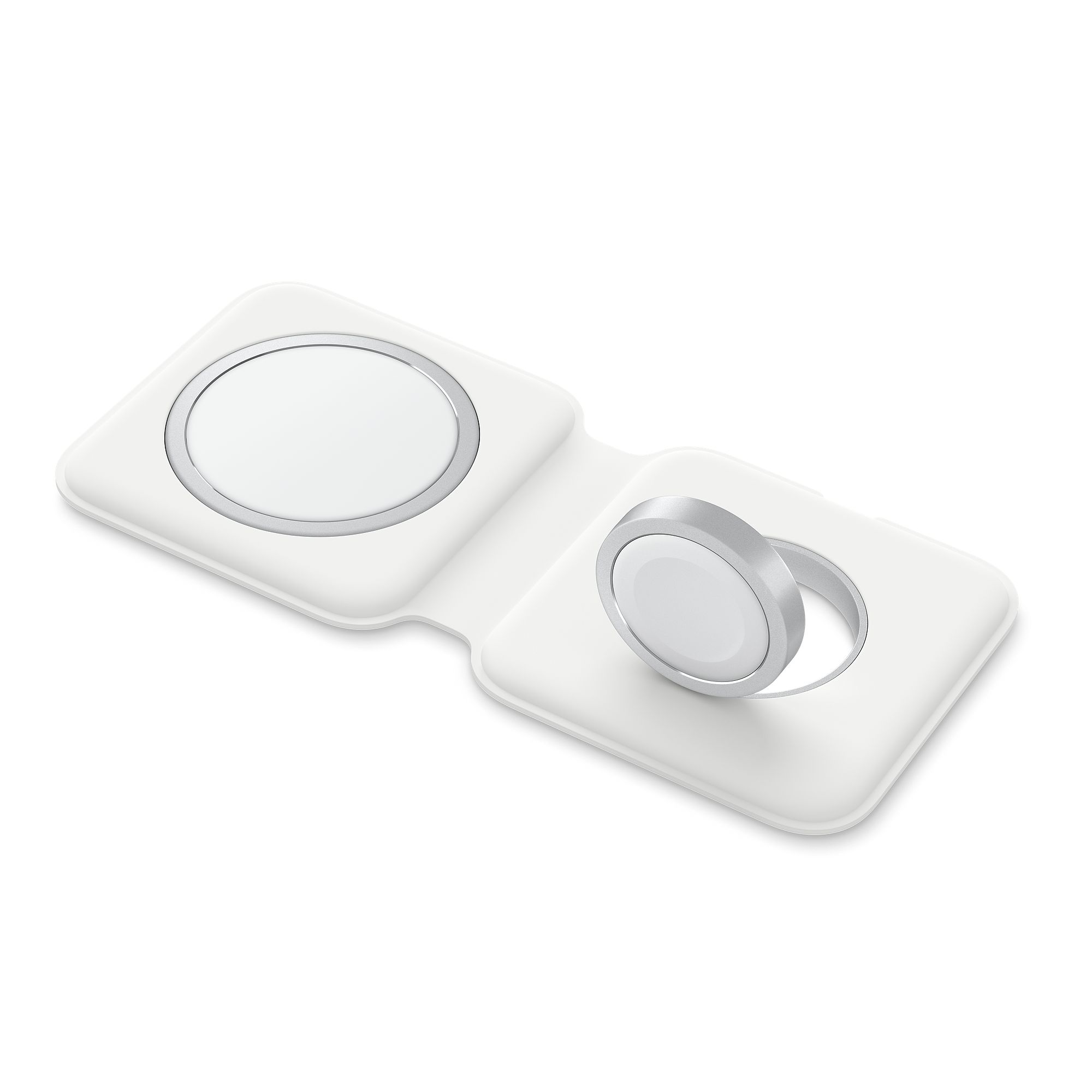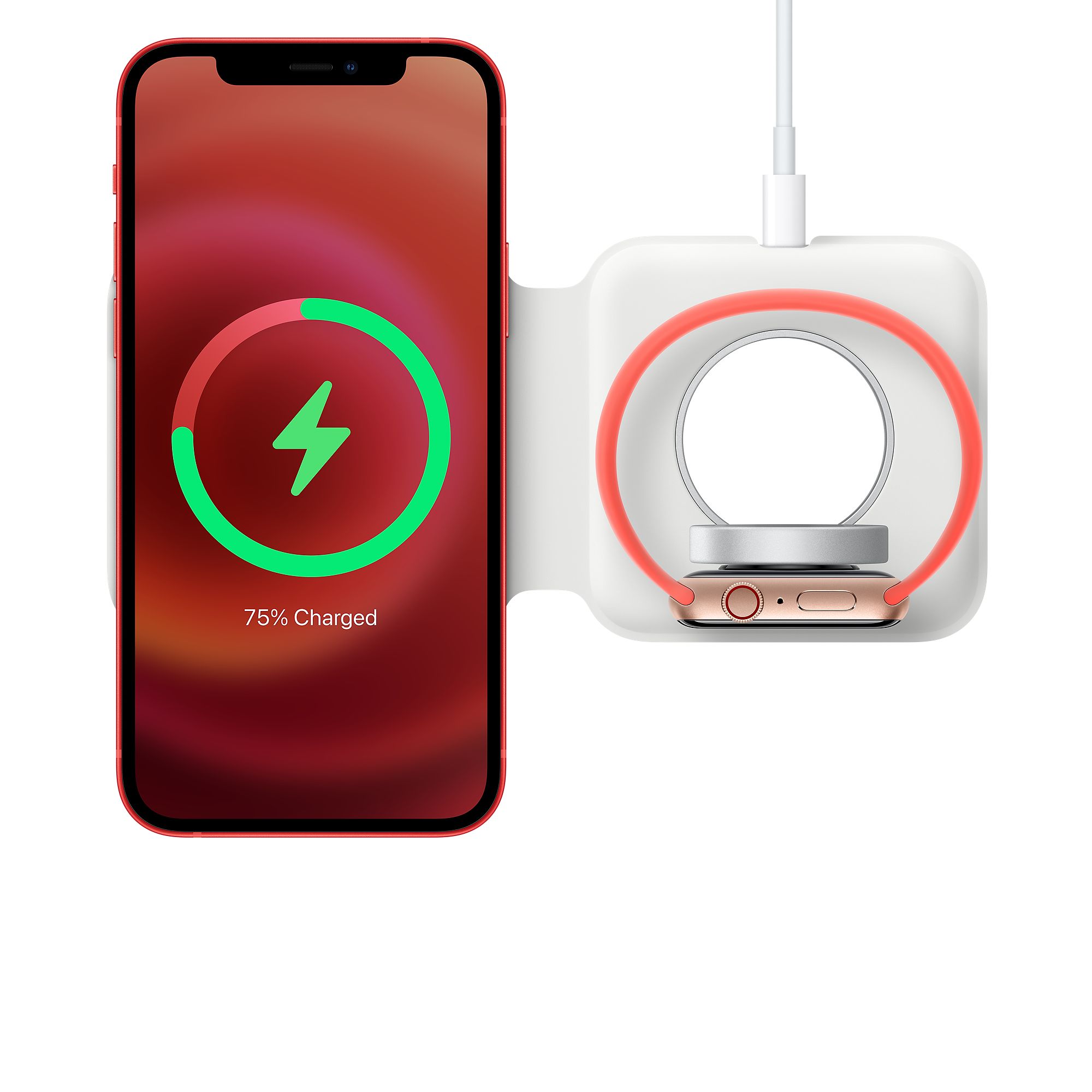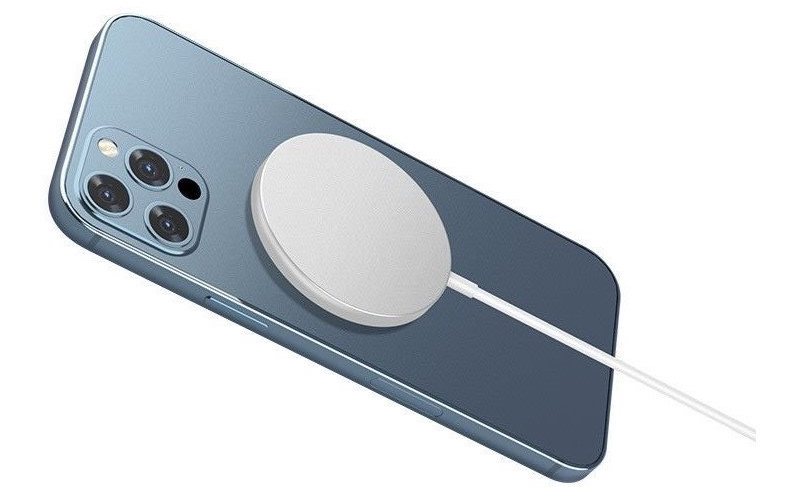For a long time now, the world has been clamoring for a new generation of wireless charging technology. This has been talked about for short and long distances since 2017, the year when Apple introduced its unsuccessful AirPower charger. But now the rumors that Apple could come up with this solution are getting stronger and stronger. Its form has already been presented by companies such as Xiaomi, Motorola or Oppo.
The original rumors even claimed that we could expect a similar charging concept a year later, that is in 2018. However, as you can see, the technology is not completely simple and its ideal implementation into real operation takes time. In practice, it can be said that it is not a question of if, but rather when a company will actually present a similar solution in real operation.
It could be interest you
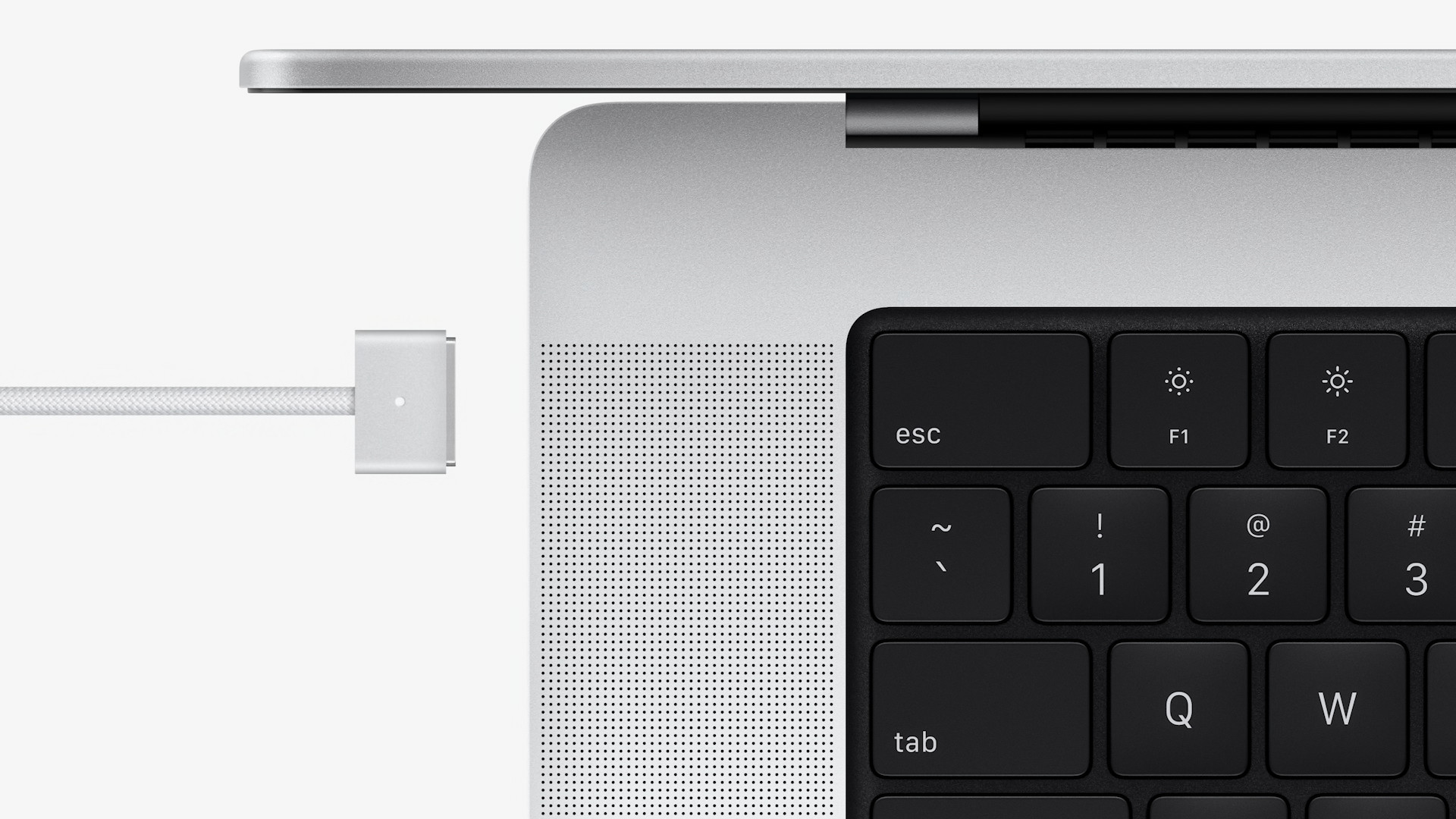
How does this work
Just take the design of the canceled AirPower. If you placed it, for example, under your desk, it would work in such a way that as soon as you place a device on it, ideally an iPhone, iPad or AirPods, they will start charging wirelessly. It doesn't matter where you place them on the table, or if you have the device in your pocket or backpack, in the case of the Apple Watch, on your wrist. The charger will have a certain range within which it will be able to operate. With the Qi standard, it is 4 cm, we could be talking about a meter here.
Apple has been tinkering with the idea ever since the introduction of the AirPower charger
A higher form of this would already be wireless charging over long distances. Devices that would enable this would then not only be in the table, but, for example, directly in the walls of the room, or at least attached to the wall. As soon as you came into a room with such charging covered, charging would automatically start for supported devices. Without any input from you.
It could be interest you

Advantages and disadvantages
We can primarily talk about telephones, although in their case and with their excessive energy consumption, it cannot be claimed from the beginning that their battery would be conquered somehow quickly. It must be taken into account that there are large energy losses here, and they increase as the distance increases. The second essential factor is the effect this technology would have on the human body, which would be exposed to different intensity of the force field for a longer period of time. The deployment of technology would certainly have to come with health studies as well.
Apart from the obvious convenience in the case of charging the device, there is another matter in the charging itself. Take a HomePod that does not have an integrated battery, and for its functionality it is necessary to have it powered from the network via a USB-C cable. However, if it contained even a small battery, in a room covered by long-range wireless charging, you could have it anywhere without having to be tied down by the length of the cable, and the device would still be powered. Of course, this model can be applied to any smart home electronic devices. You would practically not have to worry about their power supply and charging, while it could be placed really anywhere.
It could be interest you
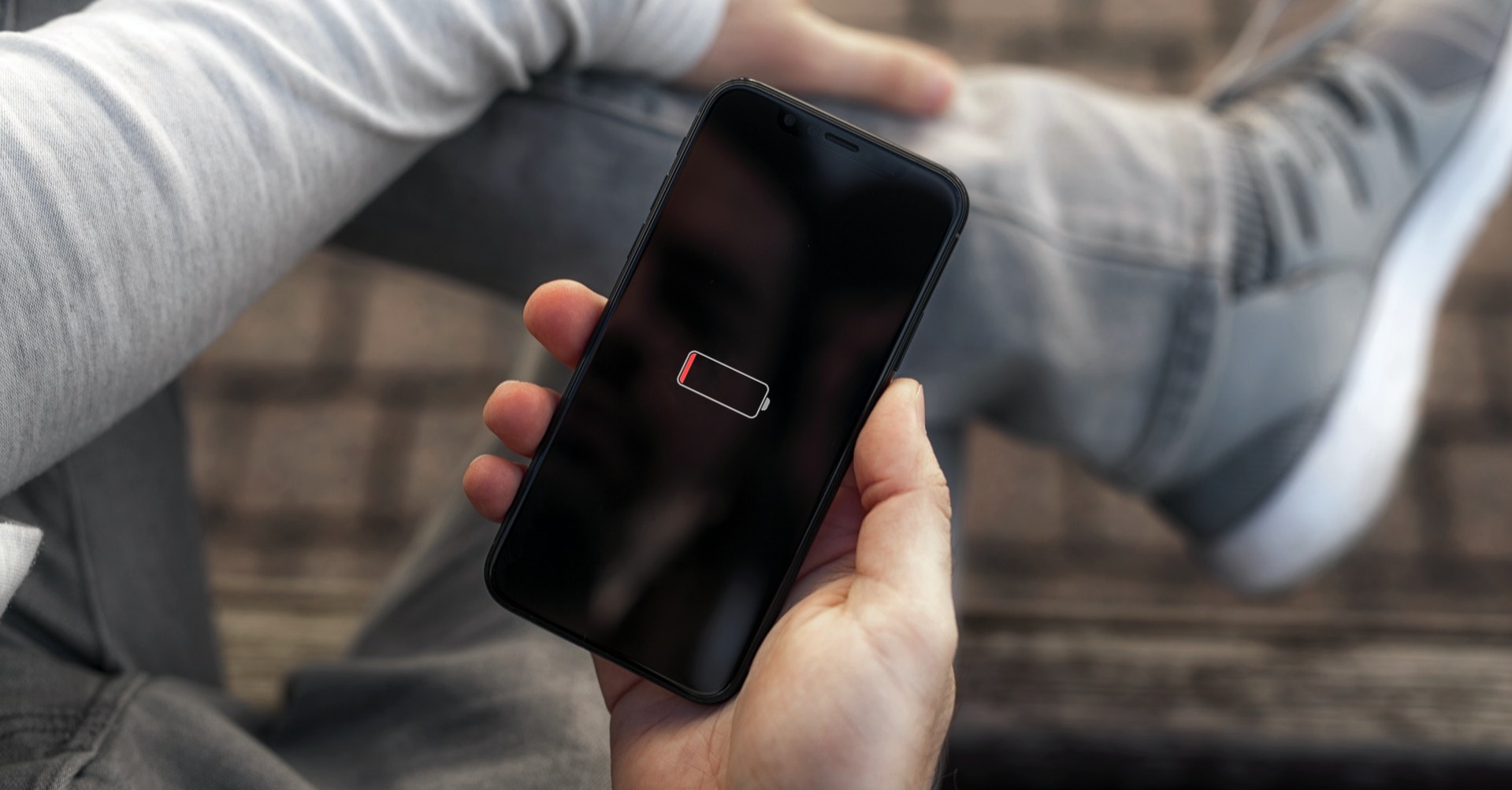
First realization
Already at the beginning of 2021, the company Xiaomi presented its concept, which is based on this issue. She named it Mi Air Charge. However, it was only a prototype, so deployment in "hard traffic" is still unknown in this case. While the device itself looks more like an air purifier than a wireless charging pad, it's a first. The power of 5 W does not have to dazzle twice, although taking into account the technology, it may not be a problem at all, because, for example, in the home or office, it is calculated that you will spend more time in such spaces, so it can recharge you properly even at this charging speed.
The only problem so far is that the device itself must be adapted to this charging, which must be equipped with a system of special antennas transferring millimeter waves from the charger to the rectifier circuit of the device. However, Xiaomi did not mention any date of launch, so it is not even known if it will stay with that prototype. For now, it is evident that the exception of the dimensions will also apply to the price. Above all, the devices that enable such charging must arrive first.
And that's exactly where Apple has an advantage. In this way, it can easily present its charging method, with the fact that it is also implemented in its line of devices, which can also be properly debugged by software. However, with the presentation of the concept, it was not only Xiaomi that preceded it, but also Motorola or Oppo. In the case of the latter, it is Air Charging technology, which should already be able to handle 7,5W charging. Even according to the video, it seems that this is more about charging for a short distance than a long one.
A definite game changer
So we have the concepts here, how the technology should work, we also know. Now it just depends on who will really be the first manufacturer to come up with something similar to put the technology into live use. What is certain is that whoever it is will have an extreme advantage in the ever-evolving market of electronic devices, be it smartphones, tablets, TWS earphones, and other wearables such as smartwatches, etc. Although there are rumors that we they could wait until next year, these are still just rumors that cannot be given 100% weight. But those who wait will see a real revolution in charging.
 Adam Kos
Adam Kos 